As an Amazon Associate I earn from qualifying purchases.
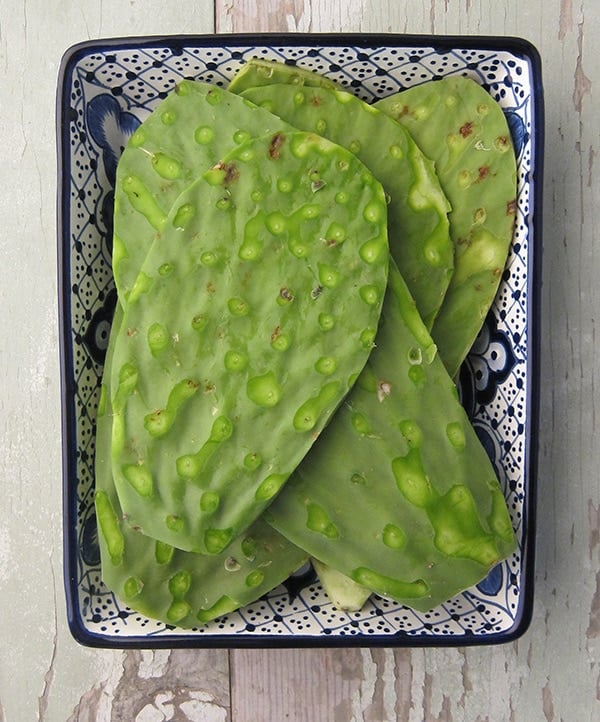
Cooking nopales without slime is the end goal of, well, I’d say almost everyone who cooks the paddles of the prickly pear cactus.
I get it. Nopales are a vegetable with twin barriers: First, you need to clean nopales to remove the spines. Then you need to remove the slime they exude, especially once the nopales hit water. Think okra with a runny nose.
Once you get there, however, they are fantastic. Crunchy, tart, like lemony green beans. Nopales (pronounced “no-PAH-les”) are good pickled, dried and reconstituted for soups and stews, grilled, added to salsas, etc.
But that slime! The Mexicans call it babas. Fortunately there are many ways to remove it.
When you eat raw nopales, you will want to toss them in fine sea salt for about 10 minutes first. Maybe a tablespoon or two per large paddle. Dice or slice the nopales how you plan to eat them in a salad, then put them in a bowl and toss with the salt.
Move to a colander for 10 to 20 minutes to drain, then rinse under cold water, vigorously rubbing the nopales to remove all the slime. You’re good to go for your ensalada de nopales.
Now that we have raw down, how to cook nopales without slime?
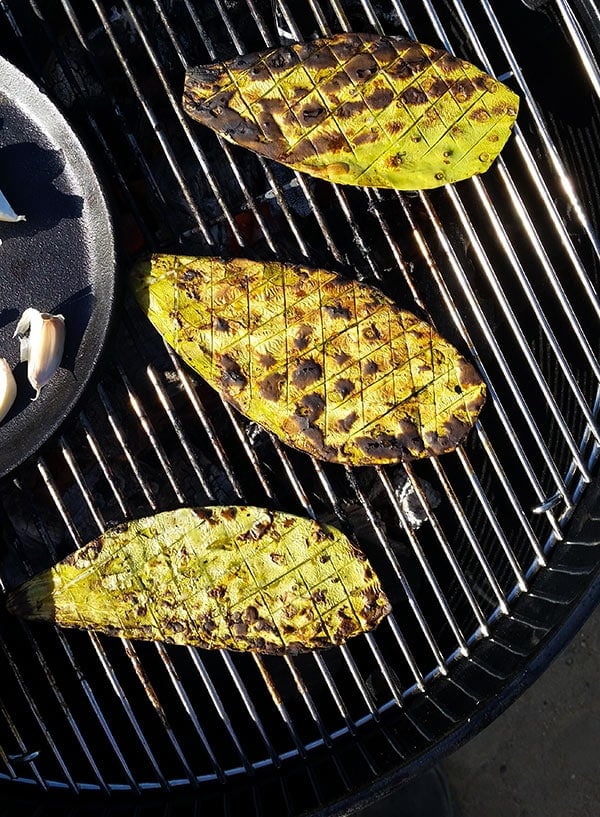
A Few Tricks
- First, the old abuelas tale about putting the husk of tomatillos in the water when you boil nopales actually works. I have no idea how, but it does. I boil however many nopales, diced or whatever, as I plan to eat, in salty water with the husks of about 3 to 6 large tomatillos, for about 10 minutes. Drain and proceed.
- Baking soda. Adding a healthy pinch of baking soda near the end of boiling works pretty well. Boil your nopales in salty water for 10 minutes, as in the previous method, but add the baking soda in the last 3 to 5 minutes. Be careful, though, because it can make the water froth over — so make sure you have some room in your pot for the water to expand.
- Grill them. If you cross-hatch a nopal, just scoring the skin, not actually cutting through the paddle, and grill it, the babas will seep out and evaporate over the fire. Grilled nopales are fantastic.
- Bake them. This is a Rick Bayless trick. Preheat an oven to 375°F. Dice your nopales and toss with a little salt, as much as you’d want just to season them (so a lot less than when you prep them raw). Arrange in one layer on a baking sheet and bake about 20 to 30 minutes. The slime will ooze out and dry up.
- Saute them. Doing this requires some faith and a little patience. If you have a stir fry or saute with nopales, all will go well, until the babas flows. There will be a moment when everything in your pan is snotty and nasty. Hang in there. It cooks away. Once it does, you’re good to go.
- Dry them. Yep. I learned this trick by accident. I happened to know that cholla buds are much better dried, then rehydrated. It eliminates the slime in that vegetable. Wonder it it would with nopales? The answer is yes, it does.
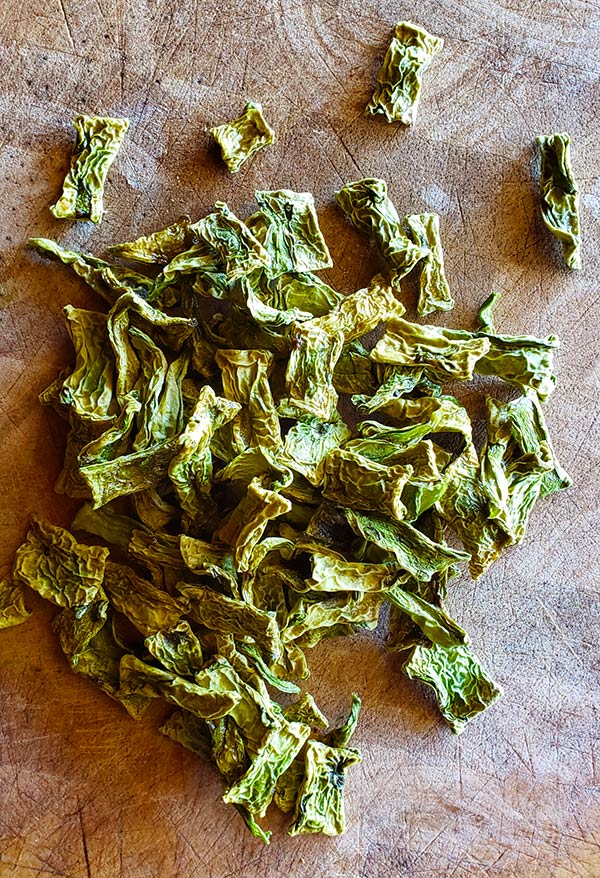
Drying nopales is also a fantastic way to preserve your prickly pear cactus paddles for the long term. Sure, you can buy Mexican ones all year long, but if you have them in your yard or you forage for them, the young paddles only come out once a year.
Now that you know how to cook nopales, what sort of recipes can you put them in?
Look to Mexico. I have dozens of Mexican cookbooks, in English and Spanish, and every one has at least one recipe for nopales. As I mentioned above, nopales salad is a great way to start. It’s normally but not always raw, and needs to be eaten right after it’s made; two-day-old ensalada de nopales is sticky-icky.
I add previously dried nopales into stews and soups all the time. You will see them grilled, then diced and put into salads, or felt whole to serve as a sort of edible plate called a huarache because it looks like the sole of a sandal.
But my favorite is nopales en escabeche, pickled nopales. You know those pickled jalapenos, carrots and onions you get at the taco truck? It’s that, plus diced, de-slimed nopales. Makes a fantastic counterpoint to beans and rice, or a bright note for a taco.
My friend Elise over at Simply Recipes like to stew them with tomatoes, and Rick Bayless has a dish of nopales with dried chiles and caramelized onions.
Let me know in the comments if you have other favorite ways to cook nopales.

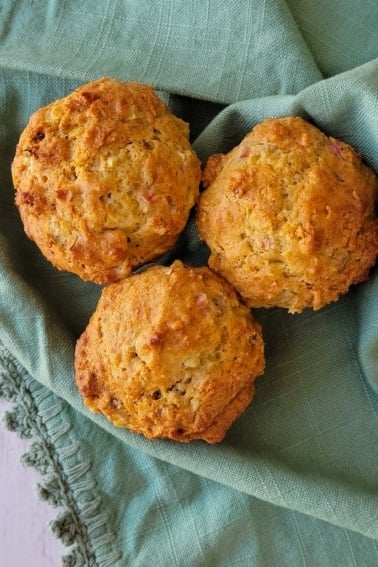
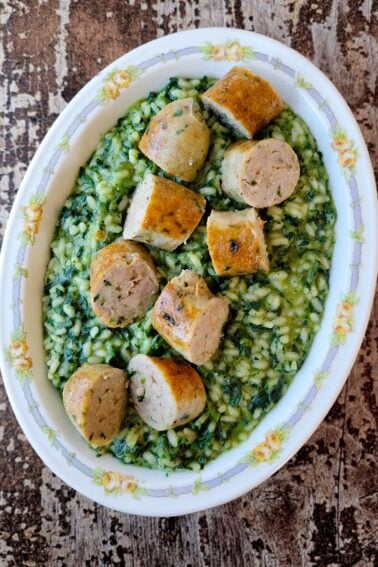
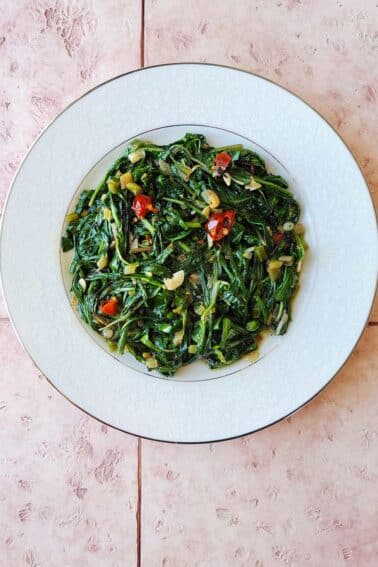
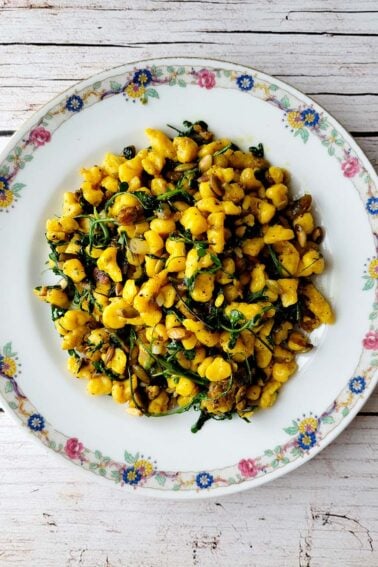
I’m glad I came across your website. You have shared some wonderful ideas on cooking with nopales. I once didn’t have time to grill the nopales pods, I baked and broil for a few minutes. I put refried beans, cheese, pico the friends ate all!!
If I take the paddles, will I then lose the tuna fruit?
Or does the fruit grow on at least year old paddles?
Tuffy: It’s a balance. Take a few new paddles, leave more. And yes, the fruit will appear on older paddles, too.
Nopales con huevos. If it’s on the menu, I order it! If it’s not, I’ll ask if they will make it at any respectable Mexican restaurant.
Here in Oaxaca, the abuelas come to the market in the morning with fresh palm size nopales, stickers removed! Hank, your salad recipe is perfect for these young beauties! Gracias
I discovered this method by serendipity. I was boiling nopales in water to add to a dish for dinner, but due to an emergency, the dinner was called off. I rinsed the nopales and froze them just covered with water. Lo and behold when I thawed them a week later, nopales were great and ‘baba’ (slime) was no longer!
Hi! Thank you for the post. I have a question that I can’t seem to find a specific answer to anywhere. Do you know if you can eat the purple nopale pads? I love the green ones at my local taco place, and I learned how to make them. But if I could grow my own, I would totally prefer the Santa Rita purple ones. Thank you!
Lisa: Yes, you can. I’ve eaten them when they are young.
Supose we don’t have tomatillos in the country we’re living in. Which other husk do you think it would work?
Nober: None. Sorry.
I wonder if the husks from other closely related fruit might work? Ground cherries, Cape gooseberries/golden berries, etc have that same weirdly tacky feel to their skins that tomatillos do, though I’ve no idea if that’s relevant. I’ve none of them growing, but will have a try when I do (no foraging or grocery store possibilities for any of that here).
Thank you brother for the recipe on how to remove the slime. Blessings to you and keep up the good work
Why is the slime not desired ? Is it bad for you? My mom’s from Mexico City and the way she learned to cook it was to leave it slimy and use little or no water. I’ve made it that way too, but all online say drain the slime. To me it seems it will be all dry and less natural flavor.
Isabel: It’s a texture thing. Most people, on both sides of the border, don’t like it. Babas, it’s called in Spanish. No me gusta!
Thanks for all the different ways to get the slime out! I have always treated them like okra and just sauteed them. It’s nice to know there are non-oily options.
What would you Serve with the grilled nopales?
Dawn: I’ve served them as a base, with lots of good things on top, as if it were a sort of grilled vegetable tostada. You can also slice them and use as part of fajitas.
You mention “the young paddles only come out once a year”, is this dictated by time of year or paddle size? Thanks,
Jim
Jim: Cactus are mysterious, at least to me. It looks to me like time of year is the key, and most prickly pears in a given area will sprout new paddles around the same time. But it’s also species dependent. I have one species putting out pads like crazy now, and another species next to it is spending its time putting out fruit.
The way to prevent okra slime is to cook it with something acid, like tomato or lemon. I suspect that that is what would work well with on nopales, too. No drying, no cold rinse, etc.
A little vinegar works also!
I’ve tried a couple of these cooking methods and the skin remains tough to where it’s unpleasant. Some paddles are still small and I assume young (softball size) and it’s the same. Maybe boiled too long? We are in S Texas so maybe the plants are stressed too much? Any tips on tenderizing or softening skin?
Luke: Huh. Yeah, my guess is it’s the variety or the stress. You want young paddles that are much lighter in color than the mature ones. They are easy to spot if you look. Maybe you got small, old paddles?